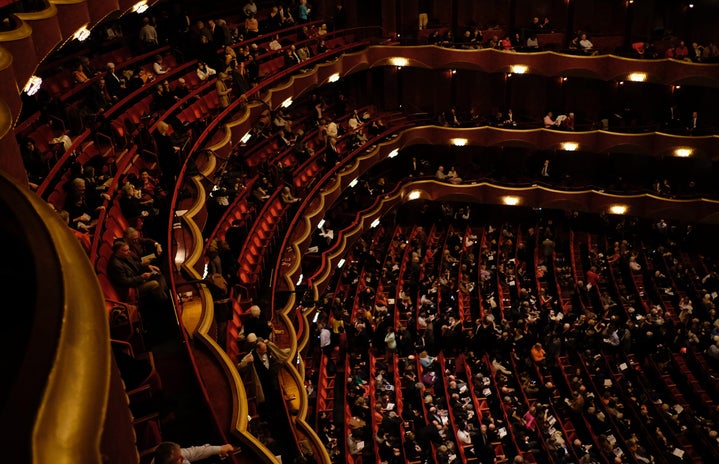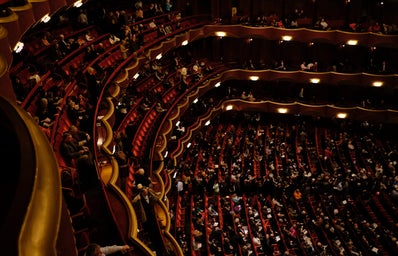Edited by Avleen Grewal
Some of the biggest creators on the internet in the last few years have tackled some form of the supernatural. One of the most popular web works of this form has been Buzzfeed Unsolved. The hosts of the show visit several locations with many reported “haunting” incidents to collect evidence of the supernatural.
The show also uses some very interesting equipment to collect evidence of ghosts and spirits. The main focus of the show is skepticism versus belief, and these instruments seem to lend much to that debate, as the hosts argue as to whether what these instruments find are truly evidence of the supernatural or anomalies that can be explained by their inner workings. One of the topics that comes up in this debate, of course, is the science behind the supposed “evidence” and how the instrument works. This intrigued me, so I decided to look into these instruments myself and figure out how they may work.
Electronic Voice Phenomena (EVP)
EVPs are voices found on electronic recordings of haunted locations. These locations are usually captured along with static background noises or other white noise. EVPs are usually found when analysing the audio and are noises caught during this analysis that might not have been easily accessible by the human ear at the time. The reasoning behind this is that spirits do not have enough energy to create noise loud enough for our ears, but the noises they make could still be picked up by audio recorders.
Many investigators usually end up filtering the recorded audio digitally using various computer programs, and there are many technologies that use signal filtering to filter out certain frequencies (your radio is a great example of this!). However, this might not be done with the proper scientific background, and thus could cause many misunderstandings as to what the sounds heard might mean. There are also many unproven theories on how spirits use sound signals to communicate, and different investigators use different theories, so there is a lot of ambiguity as to what even qualifies as a legitimate EVP.
Thermal Imaging
The basic science of thermal imaging involves capturing the heat coming off of our bodies using a lens. Infrared cameras are often used in ghost hunting, the theory for this being that if any heat form appears in a location there clearly is none, then it could be a spirit. Infrared cameras capture infrared waves, which is the frequency category just below that of visible light. These waves allow us to capture changes in heat instead of light, like we do with our regular cameras. Hence, it makes sense that something that cannot be visible to the naked eye or a regular camera could still leave a heat signature that we can capture with the infrared camera.
However, heat can linger in a location far longer than light. Turning off a heat source does not immediately remove heat from the area, unlike turning off a light source. Therefore, if a heat signature is getting picked up in a place where there is nothing visible at the moment, it might simply be leftover heat from when something was at that place before. Different shapes and things could also get mistaken for spirits. This is actually pointed out in one of the Buzzfeed Unsolved episodes, where one of the hosts mistakes a lamp’s heat signature for a person.
Spirit Box (Ghost Box)
This device is actually an Unsolved favourite, and the one that generally tends to yield the most “evidence”. The spirit box scans through radio frequencies in a specific rate, as small as 1/15 of a second (somewhat like turning the knob on your radio back and forth multiple times very quickly). The theory is that because the quick speed of scanning frequencies, if a voice is heard speaking for more than a second, then it might be a spirit using the white noise created from these signals to communicate with the user.
However, there is also a chance that the words picked up could be from when the box picks up signals from a radio station nearby. Some of the words heard could be conversations from there. Music is also heard playing multiple times in a spirit box session.
I must admit that as a skeptic, I always happen to dismiss the paranormal evidence provided in the show and think of scientific answers for what they might be. However, in many cases, these are also just as theoretical as the answers put forth by paranormal believers for what this evidence might be. In any case, the next time you watch an Unsolved episode, you might get a better understanding of how the ghost-hunting tools used actually work, and better discern for yourself if the evidence captured is real or not.

